By Ken Lain, the mountain gardener
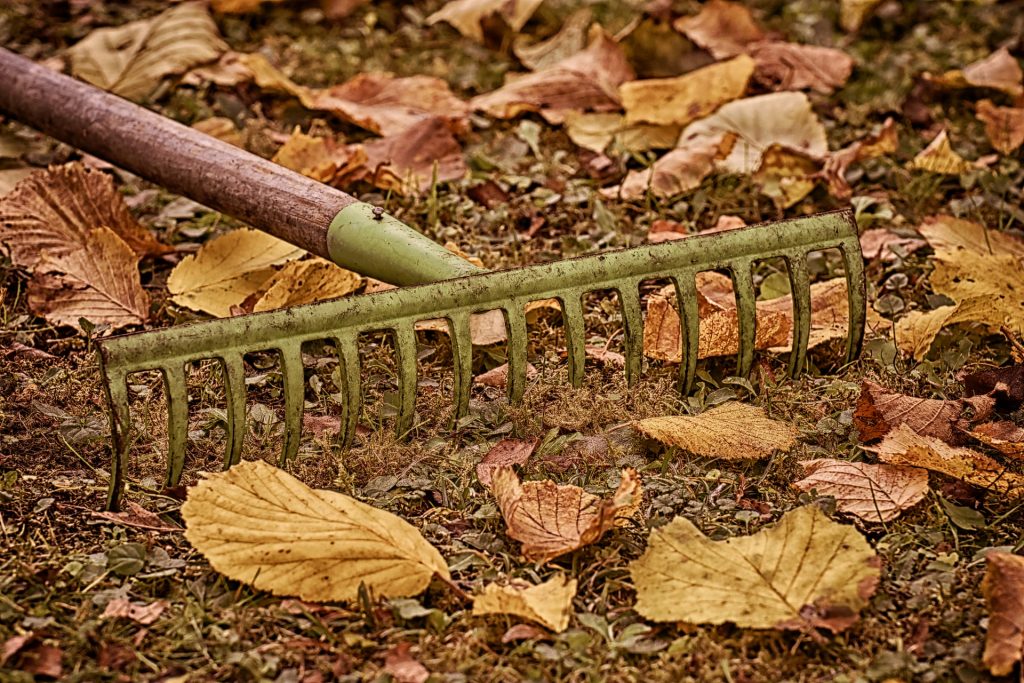
It definitely feels like Autumn in the Lain gardens. We haven’t lit the pilot light on the fireplace, but there is a chill in the air every morning. There are a few things I do in October that make a difference for better evergreens, more fruits in spring, and flowerbeds that bloom all winter long. Here are my top eight tasks to perform before the end of October for a healthy, stress-free landscape.
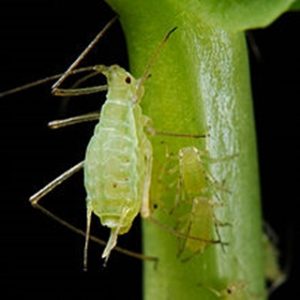
Step 1– Aphids hatched this week throughout the town. Look for tiny winged insects flying through the yard; they are aphids. They attach themselves to dogwood, apples, roses, and a host of other landscape plants. Watch for large aphids on trees as well. If the leaves and rocks at the base of trees are glistening as in morning’s dew, aphids have begun their assault. Get on them right away by hosing down these pests with specially formulated “Multi-Purpose Insect Spray.” It will eliminate aphids from any landscape or any other bug for that matter. Spray at the foundation to keep away ants and spiders.
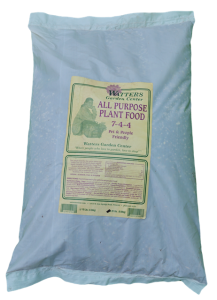
Step 2 – The most critical job of fall is also the most straightforward gardening task: feeding everything in our landscapes. The entire yard should be fed within the next few weeks. Stay away from synthetic winterizer plant food. Much safer results are delivered with my 7-4-4 “All Purpose Plant Food.” This locally blended natural plant food is more reliable for pets and people alike and is less threatening to our drinking water than synthetic fertilizers. Evergreens will keep their vibrant green color through winter with this Fall feeding, and it’s a must for spring bloomers like lilacs and forsythias. Native pinion and ponderosa pines should receive this meal to fend off bark beetles, scale, and aphids. Even houseplants should be given a small taste.
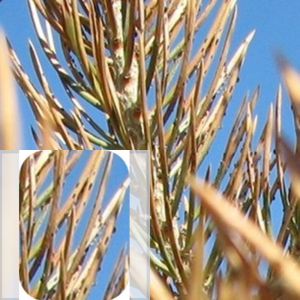
Step 3 – This is the time to treat pinion pines for scale. Each tree gets treated with liquid “Plant Protector,” and it doesn’t take an arborist to apply this liquid bug killer. Diluted with water in a 2-gallon watering can and used at the base of each evergreen, the roots will absorb it and do the rest. I think of it as an antibiotic for trees. Reapply in March, and you will have great looking pest-free trees in your landscape.
Step 4 – Every fall, I buy next spring’s mulch, manure, and shredded bark products and use them as insulating bags. They are perfect to use as cold protection over your valve box lids, around the well-house, and around backflow preventers. The garden will need them anyway next spring, so why not get double duty out of those bags of soil amendments? This step can save you from a plumber’s bill to repair a frozen water system.

Step 5– By November trees will be bare and summer flowers dead. Strategically place some blooming autumn plants in your landscape, containers, and vegetable garden, and you’ll have flowers in bloom through the end of the year. By the end of the month, plant pansies, kales, mums, violas, broccoli, cabbages, lettuces, and/or cauliflowers to avoid having your landscape looking bare.
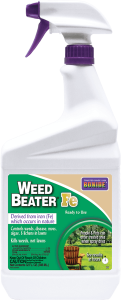
.
Step 6 – When nighttime temperatures drop below 55 degrees, it is time for a cool-weather weed killer. Glyphosate-based weed killers no longer work. Ragweed, dandelions, and all the other nasty autumn weeds are controlled easily by using liquid “Weed Beater Ultra.” Spray it on and watch those unwanted plants “melt away”.
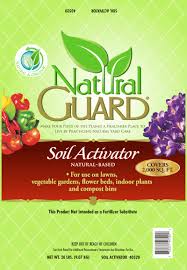
Step 7 – If your lawn looks heat-stressed or doggie-damaged, it’s best to de-thatch before adding that one last feeding of ‘All Purpose Plant Food’ 7-4-4. Two weeks after applying the food, add a granular supplement called “Soil Activator.” This food-activator combination should keep the lawn green long after your neighbors wish they had done the same. It also encourages growth in a lawn’s bare spots.
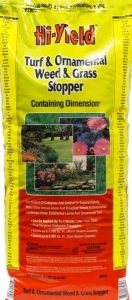
Step 8 – If you have a rock lawn, apply “Weed & Grass Stopper.” Winter weeds like foxtails and dandelions will emerge and become a severe problem just after the holidays. This granular weed stopper prevents weeds from coming back by seed. This is especially important if you missed applying it during this summer’s monsoon season. With these minimal maintenance tasks, you’ll find your winter-blooming flowers brighter, your evergreens greener, and your spring growth more vibrant. If you have questions about any of these eight steps, please stop by the garden center where my staff and I will be glad to sort out your concerns.
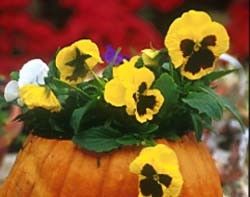
Plant of the week – It’s the start of Autumn, and you will find that Prescott Pansies are celebrating their existence! Blooming from Autumn through spring, this clown-faced variety blooms more months of the year than any other mountain flower. These local favorites will bloom like crazy through the end of the year, but for success, the right time of planting is everything. They must be planted before the first frost, so they have time to root fully.
Until next week, I’ll see you at the garden center.
Ken Lain can be found throughout the week at Watters Garden Center, 1815 W. Iron Springs Rd in Prescott, or contacted through his web site at www.wattersgardencenter.com or Facebook page, www.facebook.com/WattersGardenCenter.


When is it time to cut rose bushes down?
If you are referring to pruning, the best time in the Prescott AZ area is Feb / March. Just as the growth is beginning.
Checkout this Tip Sheet from our Website
https://wattersgardencenter.com/wp-content/uploads/2017/01/Rose-Basics-an-Introduction.pdf